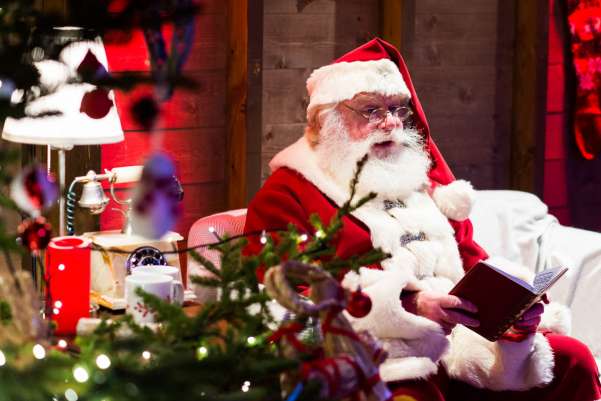What Type of Fireplace Do You Have? Here’s how to Tell.
Although every type of fireplace burns fuel and provides a degree of warmth, not every fireplace is the same. Depending on the type you have, certain maintenance tasks will be necessary to keep it safe and operating at peak levels. Let’s look at the most popular fireplace styles.
 Open masonry fireplace
Open masonry fireplace
These are the traditional fireplaces, built into a wall by a mason and often surrounded by brick, stone or other materials. Unless the fireplace has been retrofitted, it burns wood logs.
Masonry fireplaces look fabulous and add a rustic touch of charm to a home, but they’re not particularly good heat producers. The open design of these fireplaces allows about 80% or more of the heat they create to be lost up the chimney.
Maintaining a masonry fireplace centers around cleaning and inspection. Wood fires produce creosote, which builds up in your flue and can ignite and start a chimney fire. Certified chimney sweeps use specialized tools to remove creosote and other obstructions from your chimney to keep it safe for use.
 Gas & wood Inserts
Gas & wood Inserts
Inserts are built in factories and are sized to fit directly into the fireboxes of masonry fireplaces. Fireplace inserts are powerful heat producers and add a stunning decorative accent to your home.
Gas inserts should be inspected annually to ensure that the components and gas line connections are in good shape.
Wood inserts, like any wood-burning appliance, need yearly service from a chimney sweep to remove creosote and soot from the vent pipe. Fireplace inserts require venting, but not with the existing chimney. Custom vent pipes are included with both styles of inserts.
Zero-clearance gas and wood fireplaces
These appliances get their name from their heavy-duty insulation properties that make them safe to install within virtually any wall in the home with no clearance required between the unit and adjacent wall materials and flooring. Similar in performance to fireplace inserts, ZC fireplaces are self-contained units that are installed in places other than the firebox of an existing fireplace.
Zero-clearance fireplaces retain the heat they produce – as much as 80% to 90% of it – and send the heat into the room rather than up the vent pipe. A gas model needs annual safety inspections; a wood-burning model needs inspection along with professional cleaning of the vent system that comes with the unit.
Gas log sets
Gas logs are used in an existing wood-burning fireplace. When professionally installed, these devices create safe warmth and a lot of beauty, with logs that look remarkably similar to real wood.
A gas log set gives you lovely fires but none of the mess and professional cleaning requirements of a wood fireplace.
No matter what type of fireplace you have, it can bring you many years of pleasure and enjoyment. The key to getting the most out of your fireplace is to stay on top of maintenance, which means regular inspection and necessary repairs. For wood-burning units, proper maintenance includes chimney/vent pipe cleaning once a year.
High’s Chimney Service of Gaithersburg, MD, is ready to help keep your fireplace safe and running at peak efficiency. We offer CSIA-certified chimney sweep services, fireplace and chimney inspection and repairs on all types of fireplaces and heating stoves. Call us today at (301) 519-3500.
The post What Type of Fireplace Do You Have? Here’s how to Tell. appeared first on Highs Chimney.
 Do you want to update your fireplace or add a new fireplace in your home? When you buy an EPA-approved fireplace, you are getting an efficient heating appliance that can help you cut your winter utility costs. Zero-clearance fireplaces can be installed in virtually any room of your home. Below, learn about a great way to upgrade your fireplace and also possibilities for new, modernized fireplace installations.
Do you want to update your fireplace or add a new fireplace in your home? When you buy an EPA-approved fireplace, you are getting an efficient heating appliance that can help you cut your winter utility costs. Zero-clearance fireplaces can be installed in virtually any room of your home. Below, learn about a great way to upgrade your fireplace and also possibilities for new, modernized fireplace installations. A New Fireplace Installation
A New Fireplace Installation
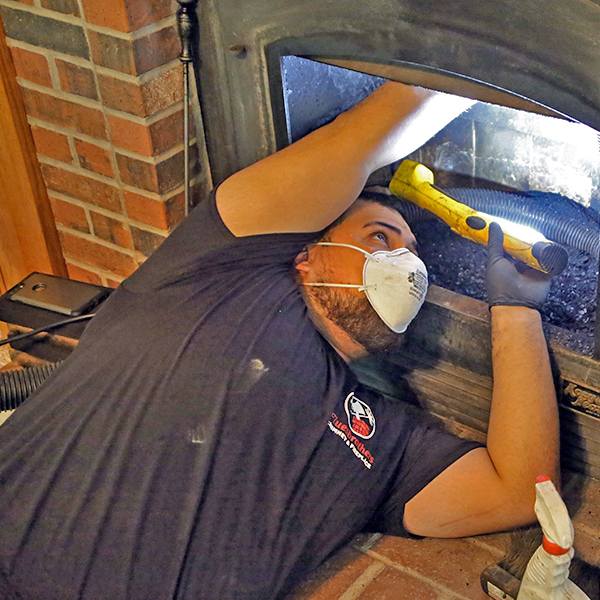 As solidly as chimneys are constructed, if regular care and maintenance are neglected, they easily can become hazardous. If you have a home with an active fireplace, here are a few tips on how to care for your chimney.
As solidly as chimneys are constructed, if regular care and maintenance are neglected, they easily can become hazardous. If you have a home with an active fireplace, here are a few tips on how to care for your chimney. Annual chimney sweep
Annual chimney sweep A fully functional chimney is a safe chimney. A damaged chimney can be dangerous. Fortunately, you can spot many signs of
A fully functional chimney is a safe chimney. A damaged chimney can be dangerous. Fortunately, you can spot many signs of Issues inside the flue
Issues inside the flue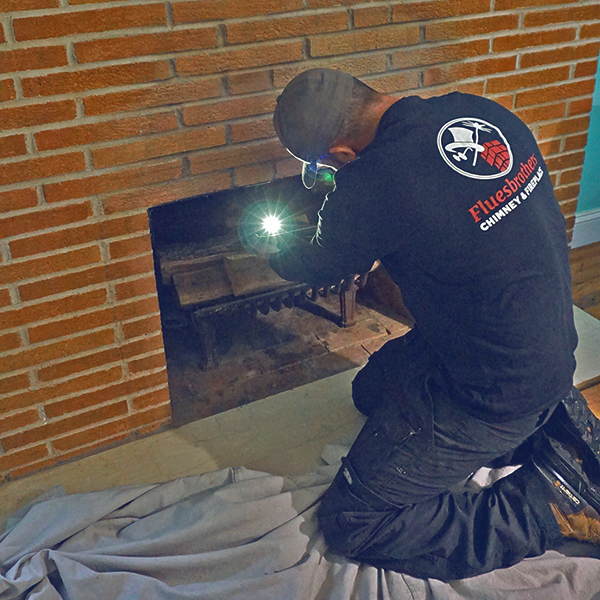 Winter can be a beautiful time of year. But it can also be a turbulent time for your fireplace and chimney. Years of exposure to the constant rain, sleet, and snow can damage even the most well-built chimneys. Fortunately, there are several steps you can take to prepare your fireplace, heating stove and chimney to weather the dangerous winter storms that may lie ahead.
Winter can be a beautiful time of year. But it can also be a turbulent time for your fireplace and chimney. Years of exposure to the constant rain, sleet, and snow can damage even the most well-built chimneys. Fortunately, there are several steps you can take to prepare your fireplace, heating stove and chimney to weather the dangerous winter storms that may lie ahead.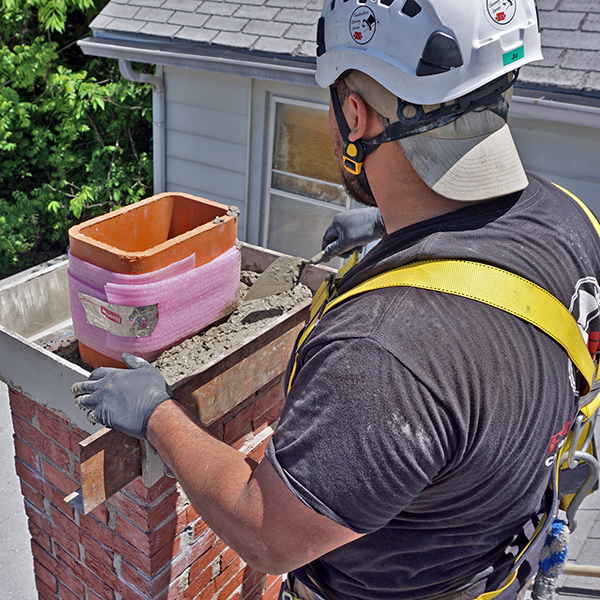 Masonry Repairs & Waterproofing
Masonry Repairs & Waterproofing
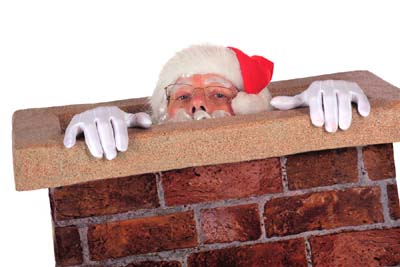 If there is ever a time that you have no heat or hot water, you might be surprised to know that most boilers and furnaces, regardless of the fuel, vent through the chimney. The purpose of the chimney is to carry the flue gasses and exhaust up and out, so it doesn’t vent into the living spaces. As a safety feature, when the boiler or water heater can’t do that, it shuts down.
If there is ever a time that you have no heat or hot water, you might be surprised to know that most boilers and furnaces, regardless of the fuel, vent through the chimney. The purpose of the chimney is to carry the flue gasses and exhaust up and out, so it doesn’t vent into the living spaces. As a safety feature, when the boiler or water heater can’t do that, it shuts down.
